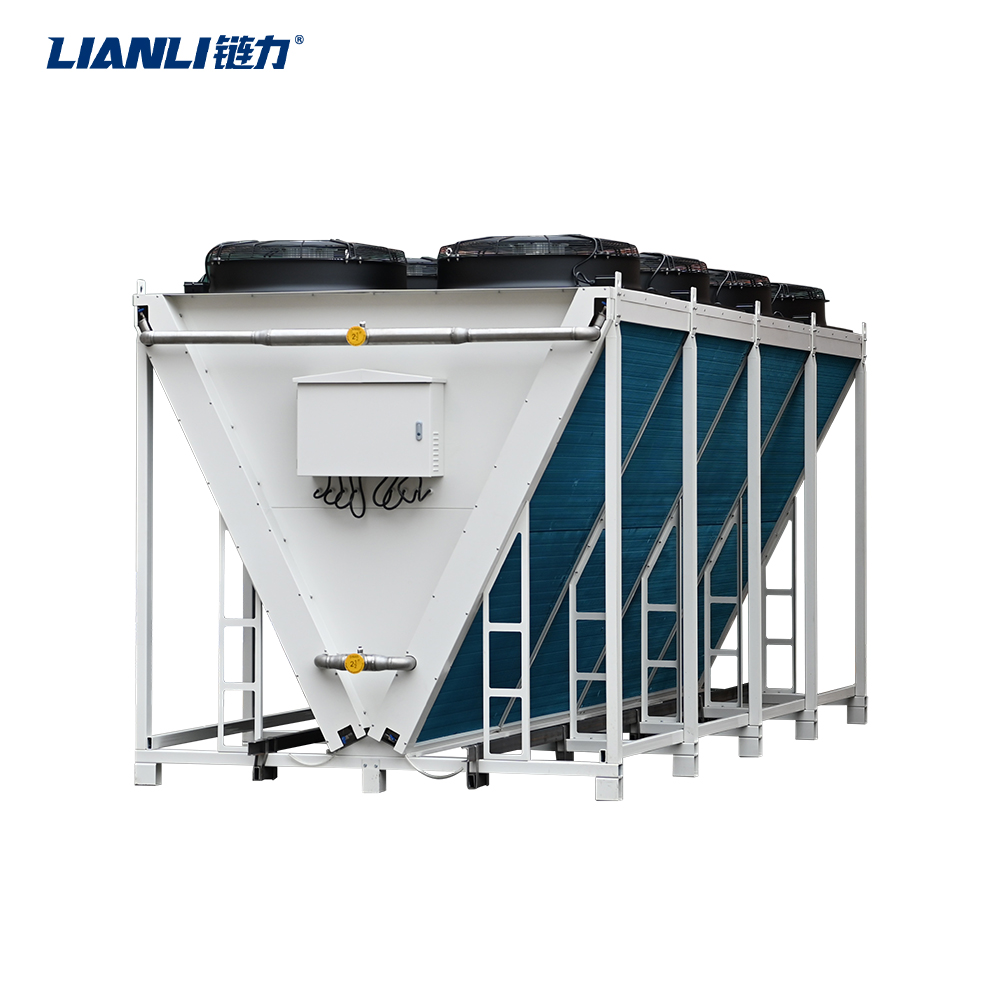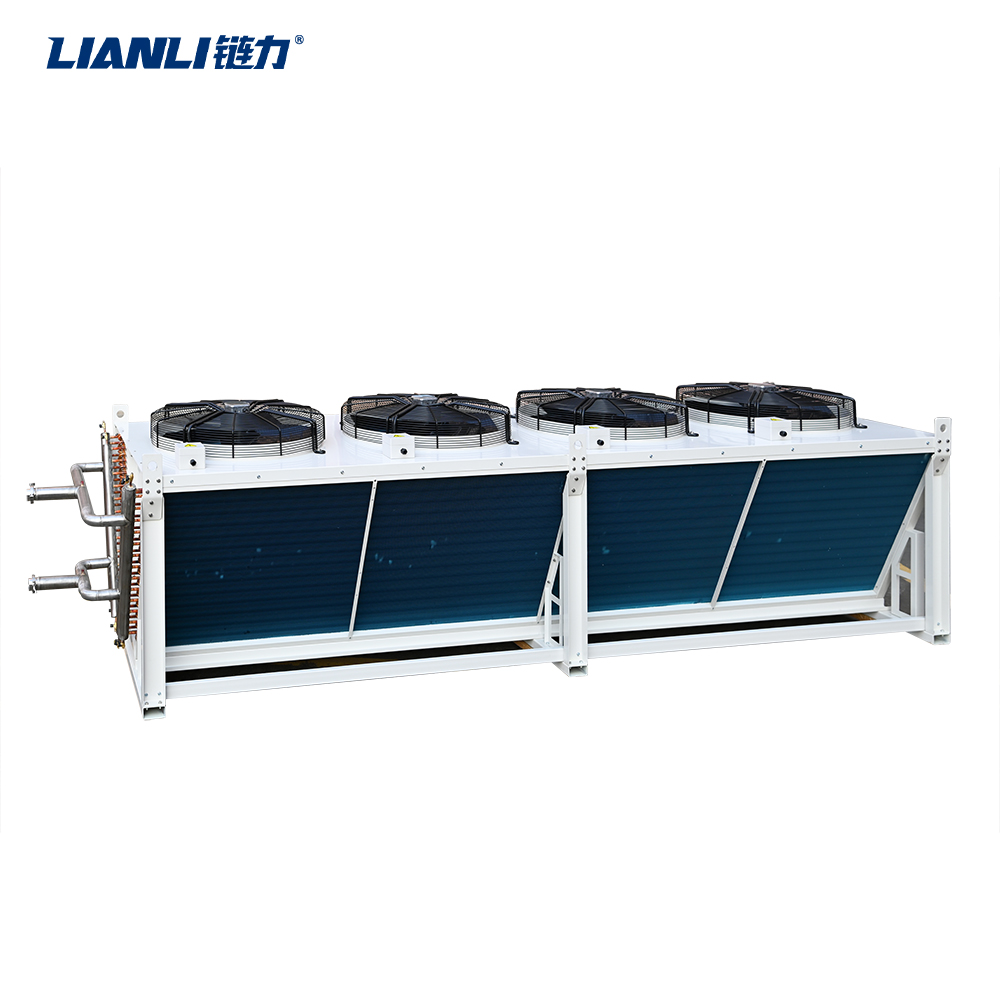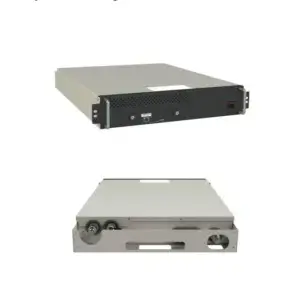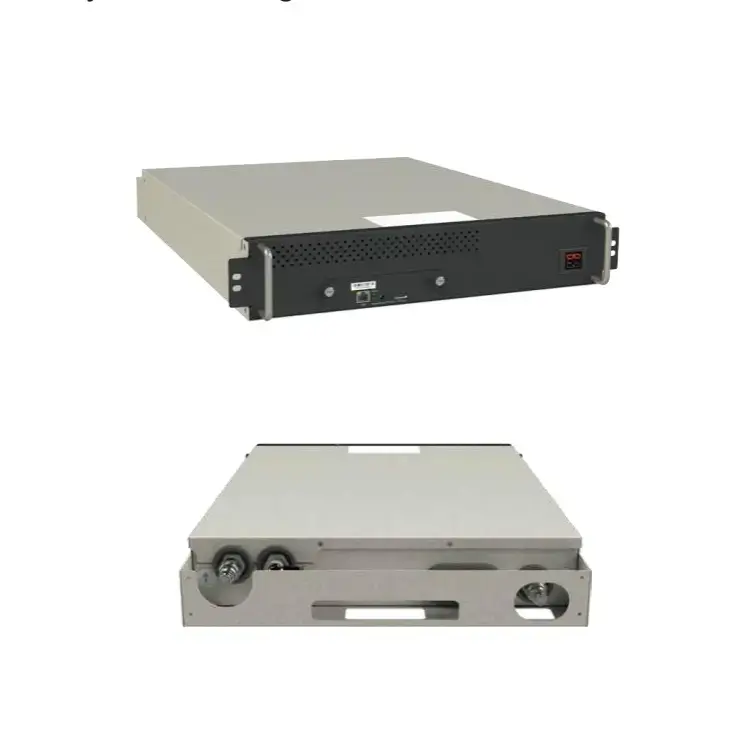Miner S23 Hyd.: Why Mining Companies Are Investing in Water Cooling.
The cryptocurrency mining landscape is undergoing a significant transformation, driven by the relentless pursuit of efficiency and profitability. As mining difficulty increases and energy costs remain a major concern, companies are actively seeking innovative solutions to optimize their operations. One of the most prominent trends emerging is the strategic shift towards advanced cooling technologies, particularly water cooling. At the forefront of this revolution stands the Miner S23 Hyd., a powerful example of how liquid cooling is redefining the future of mining.
The Heat Challenge in High-Performance Mining
Modern ASIC miners, like the Miner S23 Hyd., are engineering marvels capable of immense computational power. However, this power comes at a cost: significant heat generation. Traditional air cooling systems, while common, often struggle to efficiently dissipate the intense heat produced by high-hashrate machines, especially in large-scale mining farms. Inadequate cooling leads to thermal throttling, where the miner automatically reduces its operating speed to prevent damage, directly impacting profitability. Furthermore, excessive heat shortens the lifespan of critical components and increases the risk of hardware failure.
The Advantages of Water Cooling: Efficiency, Density, and Longevity
Water cooling offers a compelling solution to these challenges. Water has a much higher specific heat capacity than air, meaning it can absorb and transfer heat far more effectively. This translates into several key benefits for mining operations:



- Superior Temperature Control: Water cooling systems maintain ASIC chips at significantly lower and more stable temperatures compared to air cooling. This allows miners like the Miner S23 Hyd. to operate consistently at peak performance without thermal throttling, maximizing hash rate and revenue.
- Increased Mining Density: Because water cooling is so efficient at removing heat, it enables much higher equipment density within a given space. Mining farms can pack more Miner S23 Hyd. units into a single rack or container, dramatically increasing the total computational power per square foot, which is crucial for maximizing returns on real estate investments.
- Reduced Noise Levels: Air-cooled miners rely on powerful fans running at high speeds, creating substantial noise pollution. Water cooling systems are inherently quieter, as the primary cooling mechanism (liquid circulation) is silent, with only minor noise from pumps. This makes water-cooled setups like those utilizing the Miner S23 Hyd. more suitable for locations where noise is a concern.
- Potential for Heat Reuse: The heated water from the cooling loop isn’t just waste; it represents a source of thermal energy. Forward-thinking mining companies are exploring ways to capture and reuse this heat for purposes like space heating, greenhouse warming, or even district heating, adding another layer of sustainability and potential cost savings.
- Enhanced Hardware Longevity: By operating at lower, more consistent temperatures, the electronic components within the Miner S23 Hyd. experience less thermal stress. This reduces wear and tear, leading to a longer operational lifespan and lower maintenance and replacement costs over time.



- Higher Uptime and Reliability: Stable temperatures mean fewer thermal shutdowns and component failures, leading to higher overall uptime and more consistent revenue generation.
- Improved Energy Efficiency (PUE): Data centers and mining farms measure efficiency using Power Usage Effectiveness (PUE). Water cooling can achieve significantly lower PUE ratios than air cooling, meaning a greater proportion of the total power consumed goes directly to mining computation rather than cooling. This directly improves the cost per terahash.
- Scalability and Future-Proofing: As mining hardware continues to evolve, generating even more heat, water cooling provides a scalable and future-proof infrastructure. Investing in water cooling now prepares companies for the next generation of high-power ASICs.
- Competitive Advantage: In a highly competitive market, every percentage point of efficiency gained translates to a profit advantage. Companies leveraging the superior cooling of the Miner S23 Hyd. gain a tangible edge.





